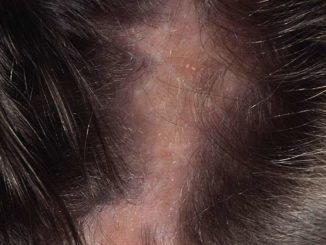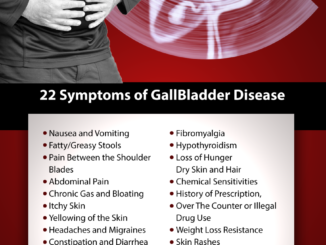
Gout develops when the level of uric acid in the blood is too high. In the past it was known as the patrician’s malady because it was considered a diseased of over indulgence amongst the wealthy. High purine diet can affect gout and red meat is high in purine. The rich ate red meat while the poor could only afford grain.
Gout is predominantly a male disease up to the age of 50. It starts around 30 and the peak is between 40 and 50 years. It is rare in pre-menopausal women. Hippocrates wrote about gout as a disease of males and post-menopausal women and urate crystals were found in the big toe of an Egyptian mummy.
Gout can be classified as primary and secondary. In primary gout the body either produces too much uric acid or it cannot excrete it effectively to maintain a normal blood level. These patients benefit significantly from dietary changes. Secondary gout develops as a result of other factors. Some medical conditions can raise uric acid level and trigger gout. These include renal disease and myeloproliferative disorders. In leukaemia, the imbalance is due to excessive production of uric acid, and in renal disease the excretion of uric acid is impeded. Drugs can affect blood uric acid levels. These include diuretics especially thiazide diuretics, aspirin and cytotoxic drugs. Gout is also linked to obesity and alcohol.
Acute gout usually develops during the night. 70-90% of acute gout develops in the big toe and typically affects the first metatarso-phalangeal joint. This is called podagra. Within hours the pain becomes severe and throbbing. The big toe swells up and can feel hot. It is extremely painful to the touch and even the touch of the bed sheath can induce excruciating pain. The acute episode resolves on its own but can take over a week. Medication can shorten this time
Since the introduction in 1951 of probenacid and allopurinol in 1963, chronic gout is rare apart from non-compliant sufferers. Before these drugs were introduced chronic gout caused severe distress amongst sufferers. Acute gout was frequent and severe. In addition urate crystals separated out into other joints, kidneys and other organs leading to polyarthritis, kidney stones, heart disease and tophi.
Diet and weight loss has an important role in gout management. A low intake of purine can reduce blood urate level by up to 20%. Foods high in purine are meat especially liver and other organ meat, sausages and other processed meat, seafood, milk, eggs and certain beans. Alcohol increases the possibility of gout. Beer is the worse culprit. It contains guanosine. This chemical is converted by the gut flora into uric acid.
Today, with screening and tests done for insurance purpose, we are seeing a group of individuals with high uric acid without any signs of gout. These people need to be monitored. Once all potential factors that can influence gout are eliminated or reduced and diet and weight loss in place, if the uric acid level remains high, then maintenance therapy in the form of allopurinol is recommended to keep the blood uric acid level within the normal range. This stops urate crystals separating out into important parts of the body.
Proudly WWW.PONIREVO.COM



